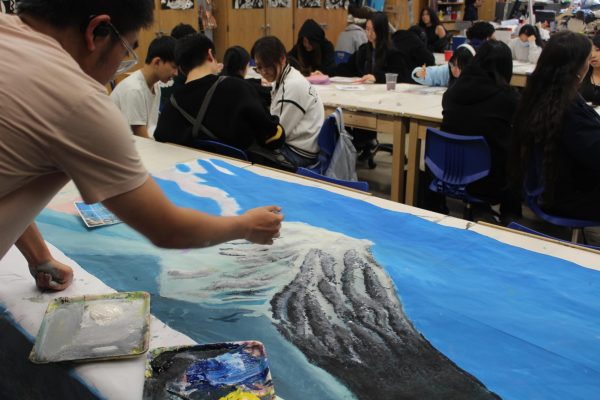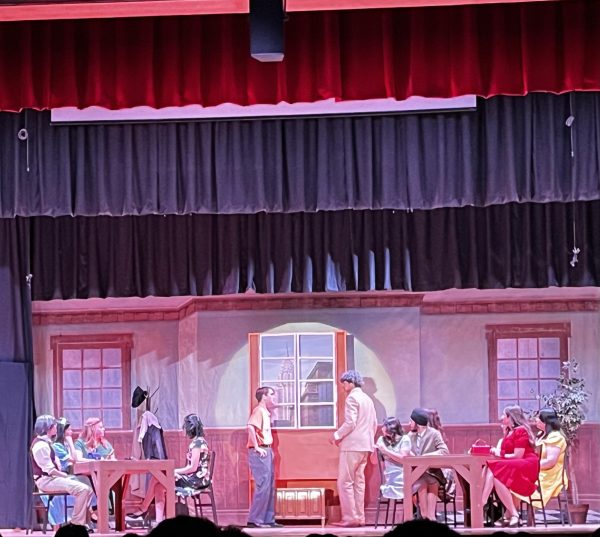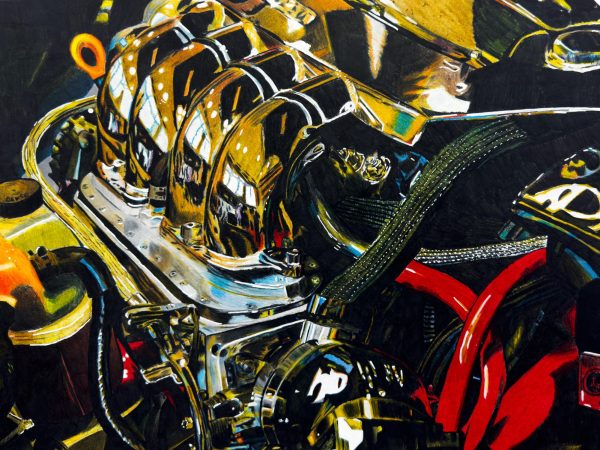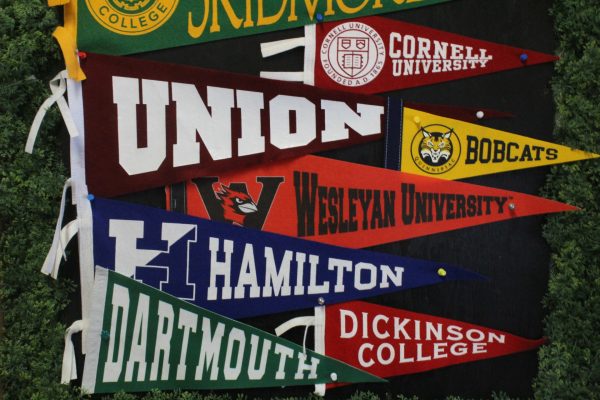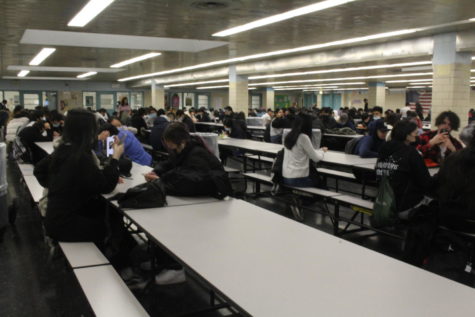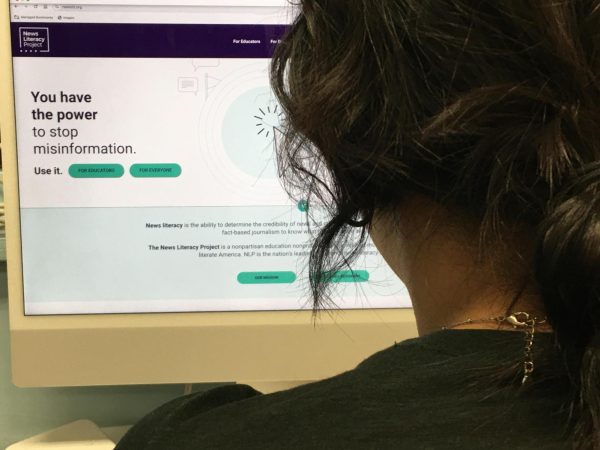Busing Blues: Delays and Overcrowding on the Q31
The unforgiving sun was burning Lucia’s skin. It had been over an hour. She brainstormed possible alternatives. Should she walk? No, it is too far of a walk. Take an Uber? Uber’s too expensive. Get a ride? Her parents don’t own a car. Her only option was to wait as she thought about how unfair it is that she has to wait almost an hour just because she doesn’t have the luxury of different modes of transportation. This is the reality for most students at Francis Lewis High School.
”The Q31, even when you’re going either direction to Jamaica or Bayside, both are so bad. I feel like it’s inadequate every time I go on them. No matter how early I wake up I am always late for school,” senior Lucia Paredes said.
Although you can see the scheduled bus times for the Q31 on the MTA website, according to the students of Francis Lewis, the Q31 almost never arrives on time. This is an unpleasant issue for students since they rely on the bus to get to and from school. Students may have to miss vital instruction time due to the constant lateness of the Q31. It can cause distress since most students have no other choice but to take the bus.
“I rely on it a lot, I use it to get to and from school,” said junior Ellie Chen, who is also on the golf team. “I also use it to get to games. Sometimes carrying all the golf equipment and walking for 15 minutes is too much so I would rather wait for the bus,”
The Riders Alliance, a grassroots organization that fights for better public transportation all throughout the city, identified other issues students face taking the Q31.
“Overcrowding is a huge issue,” Riders Alliance Senior Organizer, Jolyse Race, claimed. “Really long wait times, lack of accessibility, [and] inaccurate apps that tell you when the bus is gonna come.”
Race explained that New York City is notorious for slow, unreliable, and unsanitary transportation, which is unfortunate considering we have the most commuters.
“New York City buses are the slowest buses in the entire country, despite having the highest ridership,” Race revealed.
BusTurnaround.nyc is a website dedicated to fixing the NYC bus issue. In doing so, they give a letter grade to each individual route according to speed, wait time, reliability, and more. The Q31 bus got a D; it is barely passing. But how did it get to this point? The students at Francis Lewis have a few theories.
“It is mostly because of the students that are piling up into the bus,” Chen said. “Right after school, there is always a cluster of students there and once a Q31 passes, they would rush the bus and they would fill it up so fast. It would get so full to the point where students had to go in from the back. Sometimes the bus drivers would have to skip stops because of how crowded the buses were.”
Another factor may be infrastructure issues with New York City itself. When the city was initially being built, the MTA bus system was not taken into consideration because transportation like that did not exist. So trying to have a modern, working bus system with a 400-year-old city provides us with many of the issues we face today.
“Our bus routes haven’t been redesigned in over a hundred years. The city is changing,” Race explained. “Schools are going up in different places, there might be hospitals where there weren’t before. The current bus network doesn’t necessarily reflect how this city has changed in the last hundred years.”
Students also expressed frustration that the outer boroughs tend to be ignored when it comes to reliable public transportation.
“Times Square got a multi-billion dollar upgrade even though we still have train and bus lines that don’t even work,” said Paredes.
Paredes decided to take action in response to unreliable public transportation, and put together a petition to get representatives to talk to the MTA board and come up with solutions.
Additionally, there are organizations like the Riders Alliance that are advocating for change, for example the implementation of bus lanes. These are lanes dedicated to buses and will help them avoid traffic, making transportation faster and more efficient.
In a system where buses are being neglected, people like Paredes and Race push for change within it.
“I’ve grown tired of this,” Paredes said. “Students deserve to get to school on time,”



